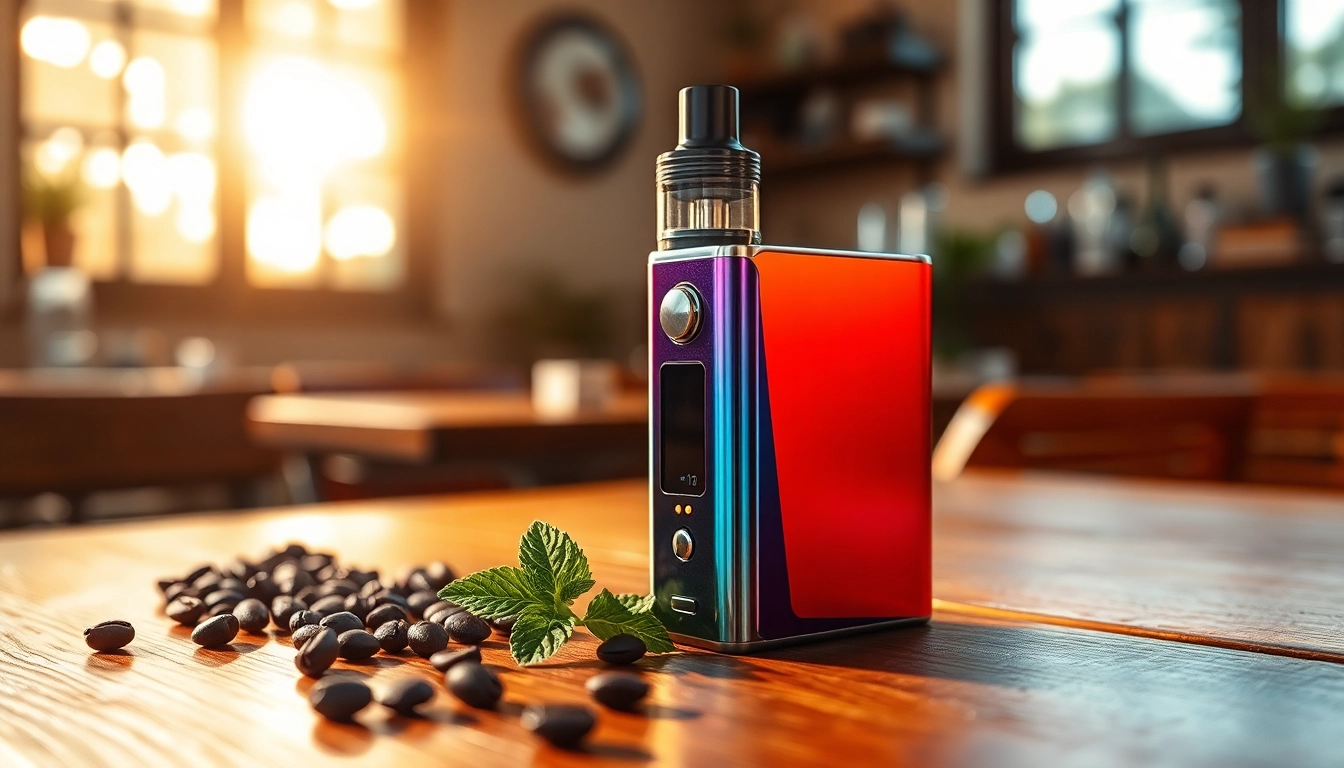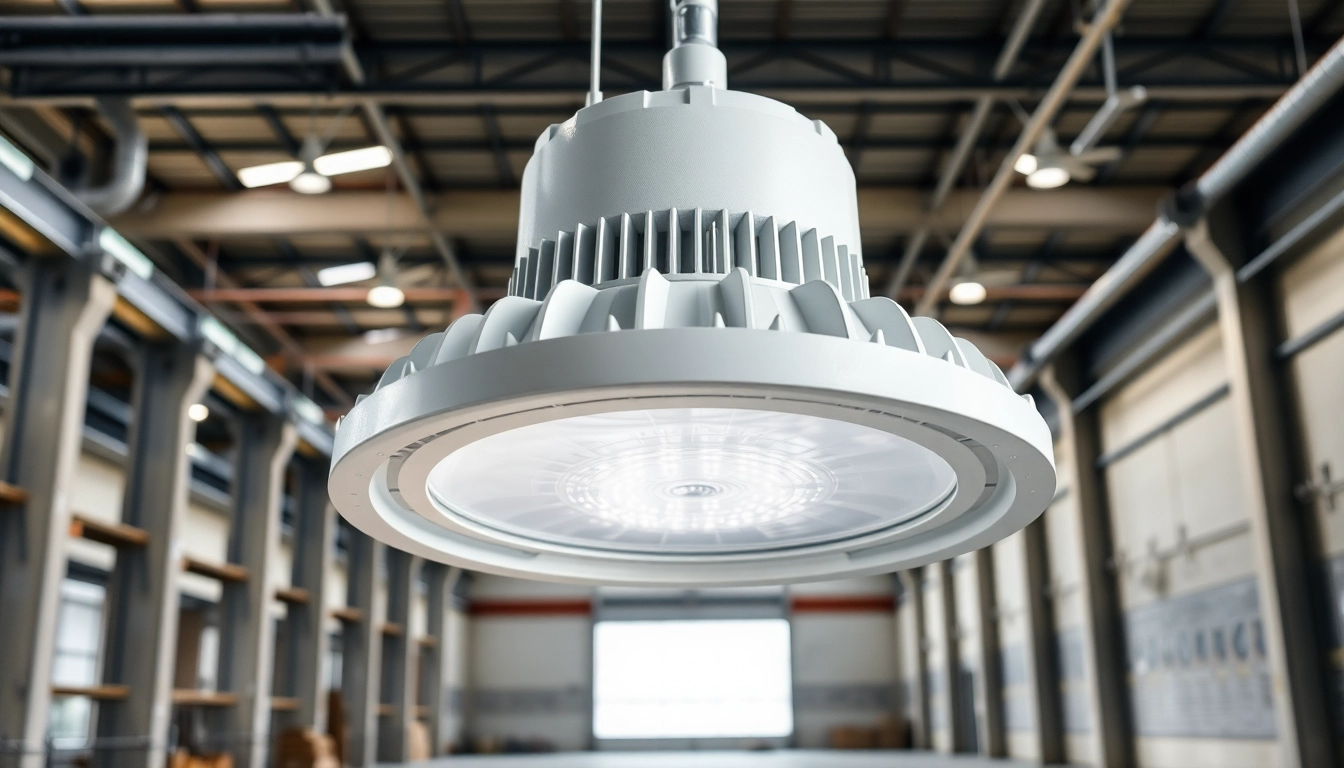Understanding the Importance of a Watch Safe
Watches are not just timekeeping tools; they are often symbolic of status, craftsmanship, and personal style. As such, it is vital to protect these valuable possessions from theft, damage, and environmental factors. A well-designed watch safe serves as an essential piece in this protective strategy, ensuring watches remain in pristine condition while providing peace of mind to owners. In this article, we will explore what makes a watch safe crucial, the features to look for, and how to choose the right one for your specific needs.
Why You Need a Watch Safe
Many watch enthusiasts understand the value of their collections in terms of monetary worth, but they often overlook the emotional attachment and brand significance associated with each timepiece. Here are some compelling reasons why investing in a watch safe is crucial:
- Protection Against Theft: With luxury watches being high-value targets, a secure watch safe acts as a formidable deterrent against burglaries.
- Safeguarding Against Damage: Incorrect storage can lead to scratches, dust accumulation, or even mechanical damage. A dedicated safe protects watches from external threats.
- Environmental Protection: Humidity, temperature fluctuations, and dust can adversely affect delicate watch mechanisms. Specially designed safes can offer climate control, ensuring optimal conditions.
- Organization: A watch safe allows for efficient organization, making it easier to locate and display your collection without chaos.
Key Features to Look For in a Watch Safe
Before committing to a purchase, it’s essential to assess the features that differentiate quality watch safes. Here are key elements to consider:
- Security Options: Look for safes with multiple locking mechanisms like biometric systems, combination locks, or key access. Advanced models incorporate electronic controls with alarms.
- Size and Capacity: Ensure the safe can accommodate your current collection along with space for future additions. Evaluate internal compartments and watch winders if you have automatics.
- Quality of Materials: Choose safes constructed from solid steel or reinforced materials that offer durability and resistance to tampering.
- Fire and Water Resistance: Consider safes rated for fire and water resistance. Safes with UL or ETL ratings indicate they can withstand extreme conditions.
- Design and Aesthetics: A safe also serves as a decorative piece. Choose something that aligns with your home décor while being functionally appropriate.
Security Ratings Explained
Understanding security ratings is vital for choosing the right watch safe. These ratings indicate how well a product can resist various threat scenarios:
- TL Ratings: These ratings are defined by the Underwriters Laboratories (UL) and range from TL-15 to TL-30, with higher numbers indicating greater resistance to unauthorized entry.
- ETL Ratings: This certification offers insights into fire resistance, covering the length of time a safe can withstand high temperatures.
- Gun Safety Ratings: For those storing firearms alongside watches, ensure the safe has appropriate ratings, indicating its capability to deter unauthorized access.
Types of Watch Safes: Which Is Right For You?
Watch safes come in various forms tailored to meet the diverse needs of collectors. Selecting the appropriate type significantly impacts how effectively your watches are stored and secured.
Stand-Alone vs. Built-In Watch Safe
When choosing between stand-alone and built-in safes, consider your storage space and security needs:
- Stand-Alone Safes: These are portable and can be placed in different locations within the home. They are ideal for collectors who may want to relocate their safes or need flexibility.
- Built-In Safes: Integrated into a wall or floor, they offer enhanced security by concealing the safe within the structure of the home. They can be a great choice for permanent installations.
Biometric Vs. Combination Locks
The choice between biometric and combination locks often comes down to personal preference and security needs:
- Biometric Locks: Opt for biometric systems if you prioritize speed and ease of access. These systems use fingerprint recognition, designed for quick entry while also reducing the number of keys or codes to remember.
- Combination Locks: For those who value traditional security or are concerned about technical vulnerabilities, combination locks present a classic option, though they may require more time and focus to access.
Fireproof and Waterproof Options
As mentioned earlier, environmental hazards can pose serious risks to your watch collection. Investing in a watch safe that offers fireproof and waterproof features can provide an extra layer of security:
- Fireproof Safes: Look for safes that can conform to UL or ETL fire ratings, indicating they can withstand high temperatures for a certain length of time.
- Waterproof Safes: Waterproof ratings, including waterproof seals, can prevent damage from flooding or water exposure.
How to Organize Your Collection Inside a Watch Safe
Once you have secured the optimal safe, organizing your watch collection becomes the next priority. Proper arrangement can enhance accessibility and showcase your prized pieces.
Best Practices for Watch Storage
Given the varying types of watches, it’s essential to employ specific storage methods:
- Use of Watch Pillows: Pillows are excellent for preventing scratches and maintaining the shape of watch bands. Place each watch on a dedicated pillow.
- Avoid Direct Contact: Ensure watches do not touch one another to prevent any potential scratching or damage.
- Documentation Storage: Keep receipts, authenticity cards, and maintenance records in the safe’s compartment for easy access.
Utilizing Accessories Like Watch Winders
If your collection includes automatic watches, investing in a watch winder is beneficial:
- Function: A watch winder keeps automatic watches wound and ready for use, preventing the intricate mechanics from seizing up due to inactivity.
- Placement: When organizing your safe, position the watch winder where it’s easily accessible and does not interfere with other watches.
Maintenance Tips for Your Watches Inside a Safe
Even in the security of a watch safe, preventative care is necessary to ensure longevity:
- Periodic Checks: Regularly inspect the safe’s condition, checking for potential humidity buildup or pests.
- Cleaning: Clean your watches periodically using appropriate materials to avoid damage, keeping all components spotless.
- Professional Servicing: Schedule maintenance with watch specialists at regular intervals for high-end pieces to guarantee optimal functionality.
How to Choose the Right Watch Safe
Selecting the perfect watch safe for your needs may seem daunting; however, breaking down considerations can simplify the decision-making process.
Budget Considerations for a Quality Watch Safe
Budgeting effectively can help narrow down your choices:
- Price Range: Quality safes can range significantly based on features, size, and brand. Expect to spend a few hundred to several thousand dollars for a durable unit.
- Long-Term Investment: Higher upfront costs can lead to savings over time by reducing potential losses due to theft or damage.
Matching a Watch Safe to Your Home Décor
A watch safe can be a statement piece in your home. Take the time to consider:
- Materials and Colors: Wood finishes or sleek metal textures can complement existing furniture, making the safe an integral part of your home.
- Placement: Choose a location that both showcases the safe and provides maximum security without compromising aesthetics.
Where to Buy: Top Resources for Watch Safes
When it comes to purchasing a watch safe, various sources are available. Research is essential to find the right combination of features and fair pricing:
- Specialty Retailers: These retailers offer extensive selections, often specializing in security solutions tailored for valuables.
- Online Marketplaces: Online platforms provide convenience, often presenting user reviews that can guide choices.
- Local Showrooms: Visiting local showrooms can allow physical assessments of safes before making a purchase.
Maximizing the Security of Your Watch Safe
Having a watch safe is the first step toward securing your collection; however, implementing additional security measures can heighten protection levels:
Location, Location, Location: Best Placement Practices
Choosing the right location for your safe is crucial. Consider the following:
- Access Control: Place the safe in less visible areas to lower the chance of theft while still being accessible to you.
- Secure Surfaces: Bolting the safe down to a floor or wall can prevent it from being moved quickly during a break-in.
- Away from Entrances: Avoid placing safes near entry points that intruders might easily access.
Combining Multiple Security Measures
For those looking to maximize security further, consider combining protective measures:
- Security System Integration: Connect your watch safe to a home security system for alerts regarding unauthorized access attempts.
- Surveillance Cameras: Install cameras to monitor your home’s entry points, reducing the likelihood of targeted theft.
- Neighborhood Watch Programs: Engaging with local community safety initiatives can enhance security beyond your home.
Regular Security Checks and Maintenance
Finally, ongoing vigilance is about maintaining your safe as much as its contents:
- Resetting Codes: Regularly change lock codes, especially after key or access changes, to avoid unauthorized entries.
- Safety Drills: Conduct drills on how to access your safe in emergencies, ensuring preparedness.
- Monitoring Usage: Keep track of who has access to your safe and the reasons behind their use, providing oversight that can help prevent misuse.



